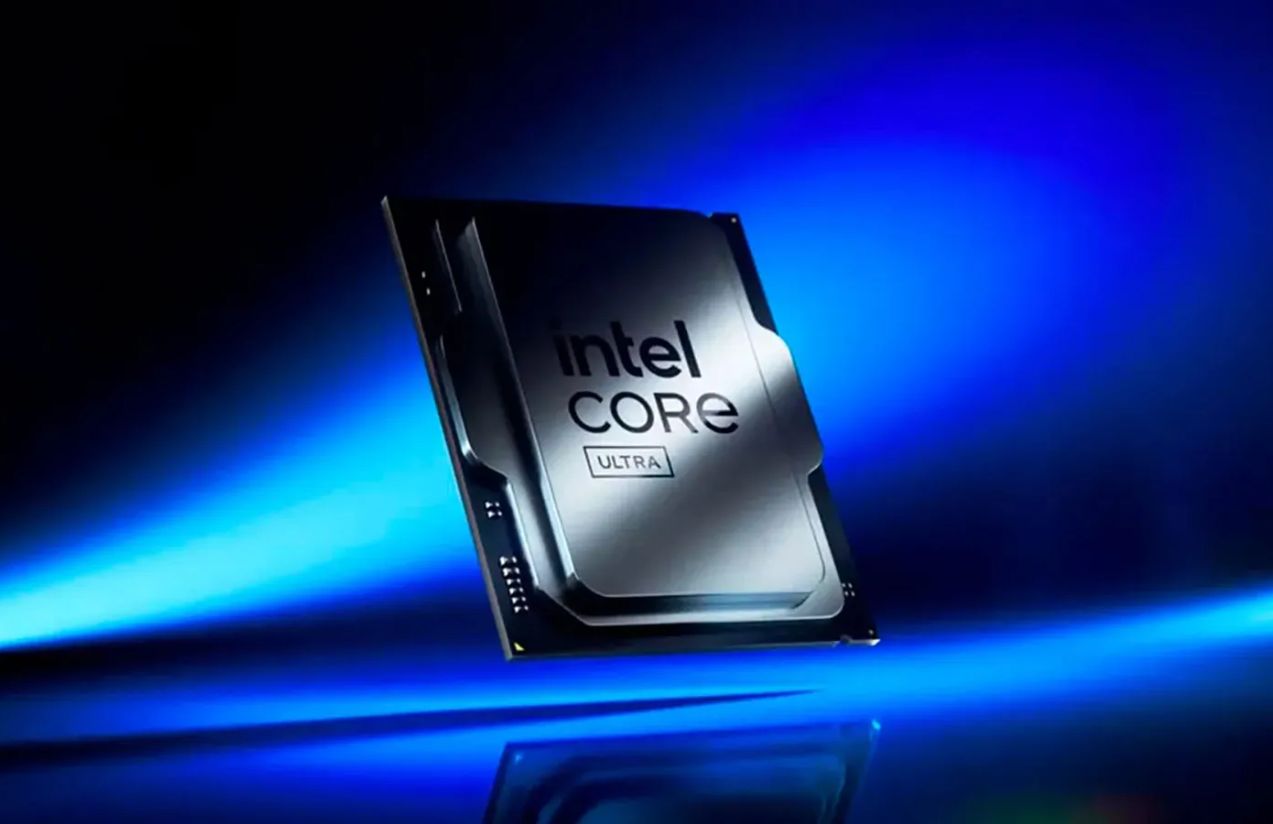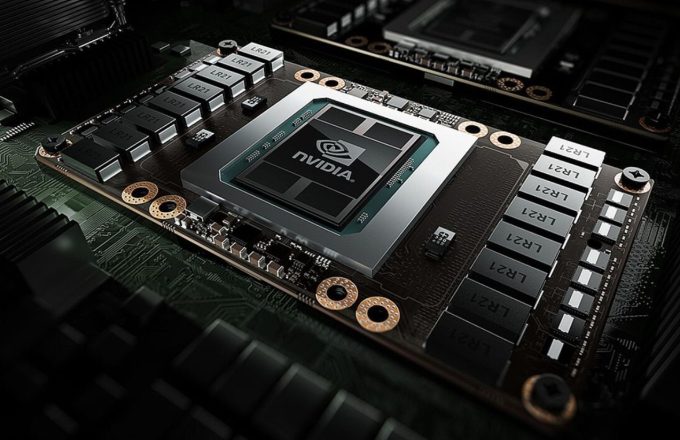After a rocky debut, Intel’s Core Ultra 200 series failed to meet market expectations. Its performance lagged behind the 14th generation, and its high price led the company to slash prices twice. However, with the upcoming Core Ultra 300 lineup, Intel appears determined not to repeat past mistakes.
According to multiple leaks, the new Nova Lake range will initially feature seven SKUs, with the Core Ultra 9 3xx as the flagship model. This chip is expected to feature an impressive 52 cores—including 16 performance cores, 32 efficiency cores, and 4 low-power cores—marking a significant leap from the current Core Ultra 9 285K, which offers 24 cores.
But the increase in core count isn’t the only upgrade. Intel is reportedly aiming to compete head-on with AMD in the gaming segment, where AMD has gained an edge with its 3D V-Cache technology. According to sources like Videocardz and well-known leakers OneRaichu and Haze21k, Intel is preparing versions with up to 144 MB of L3 cache, surpassing AMD’s Ryzen 9 9950X3D, which features 128 MB.
However, more L3 cache doesn’t necessarily equate to better performance. Unlike AMD, which uses only performance cores, Intel continues to rely on a hybrid architecture combining performance, efficiency, and low-power cores. This means the results may not mirror the performance delivered by AMD’s X3D series.
Leaks also suggest that Intel’s new bLLC (Big Last-Level Cache) configuration will be available in the Core Ultra 9 and Core Ultra 5 models. The first processor to hit the market will reportedly be a Core Ultra 5 with 8 performance cores and 16 efficiency cores, targeting the mid-range segment. The 52-core Core Ultra 9 is expected to follow shortly after.
The new generation will also bring a platform shift, as Nova Lake processors will require the new LGA-1954 socket—forcing users to upgrade their motherboards to adopt the latest chips.
The urgency for a reset is clear. Recent sales data from German retailer Mindfactory show the Core Ultra 200 series at the very bottom of the sales rankings. In fact, even older processors using the LGA-1700 socket are selling better, confirming that this generation has fallen short—despite several microcode updates from Intel aimed at improving performance.




















